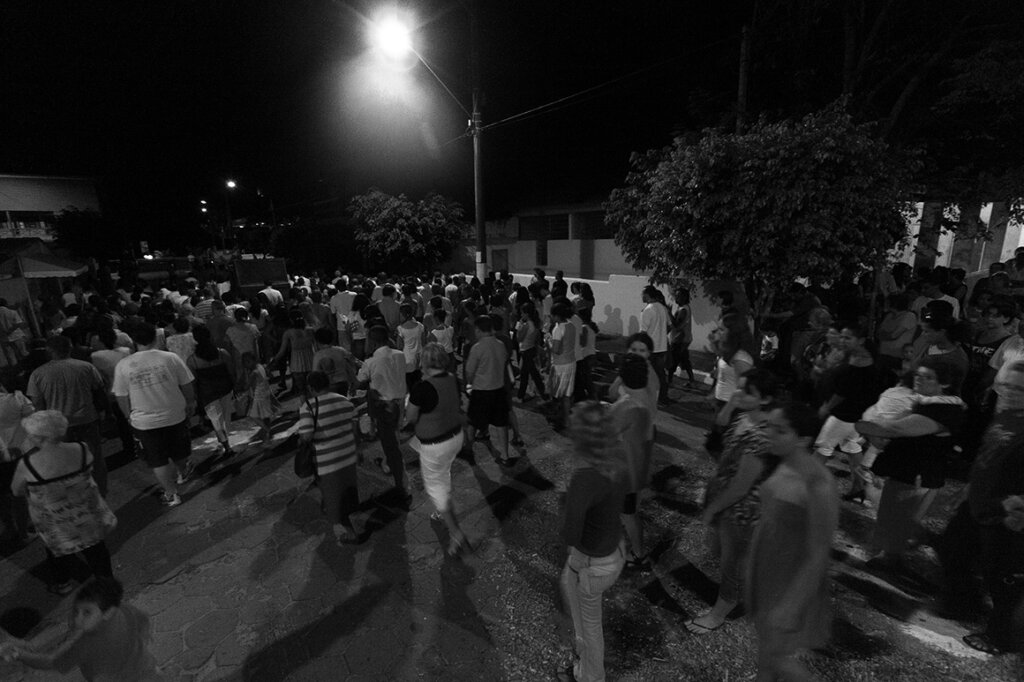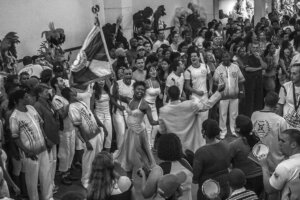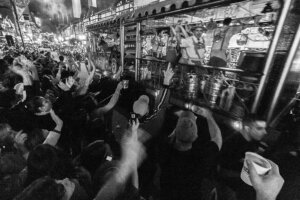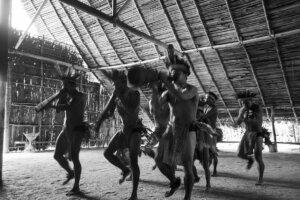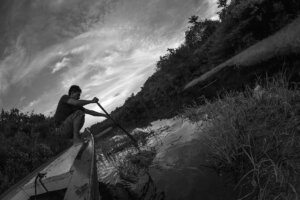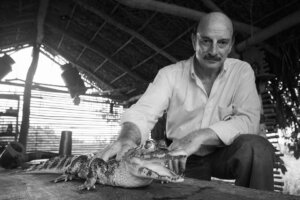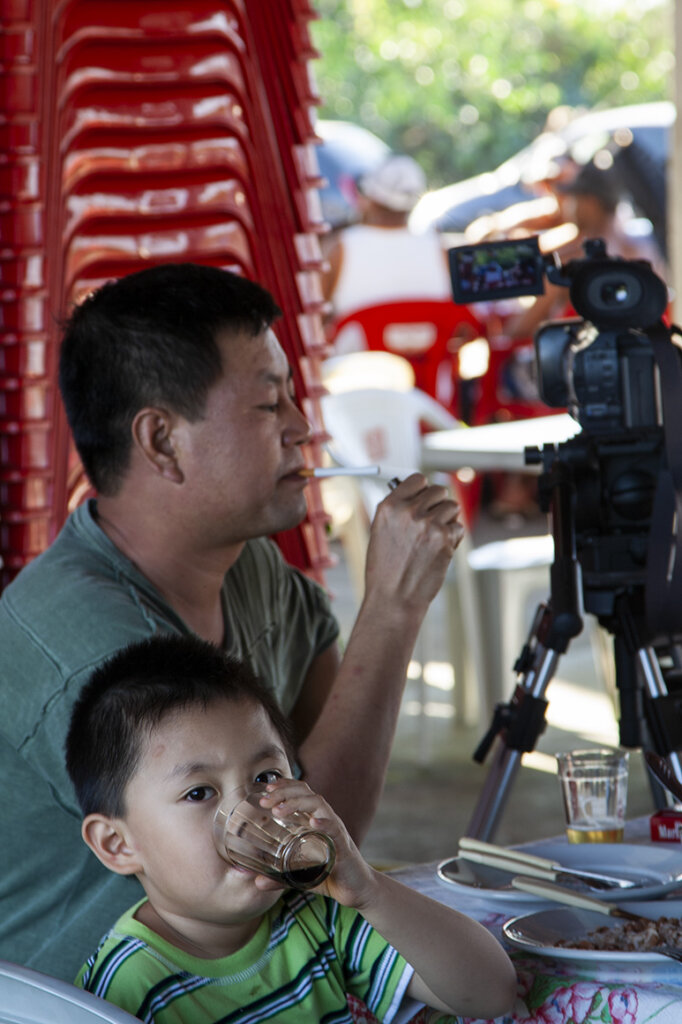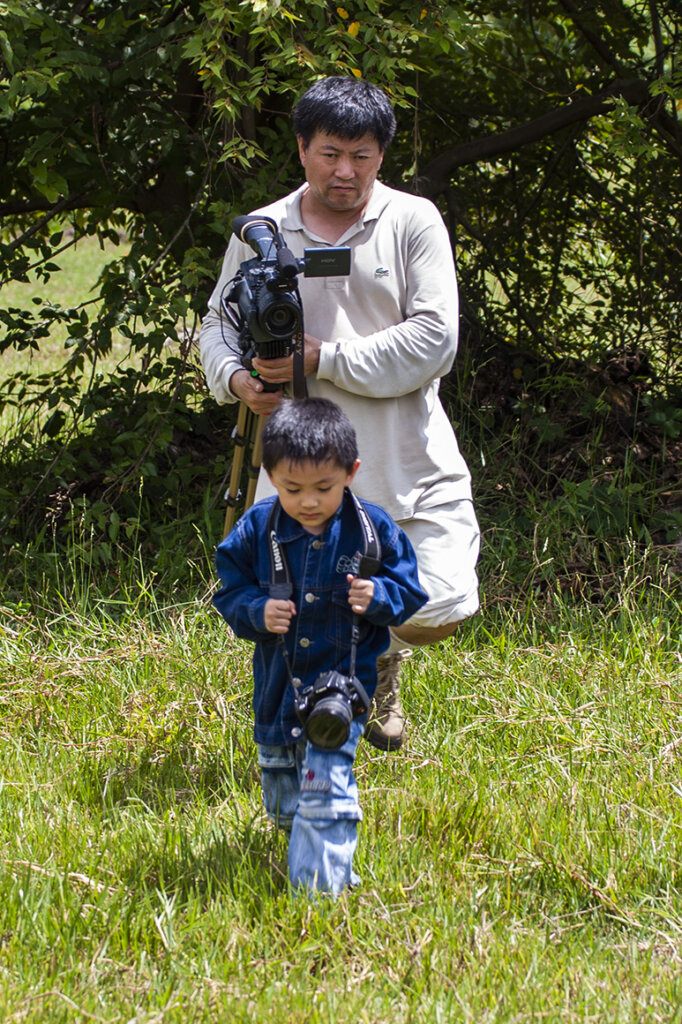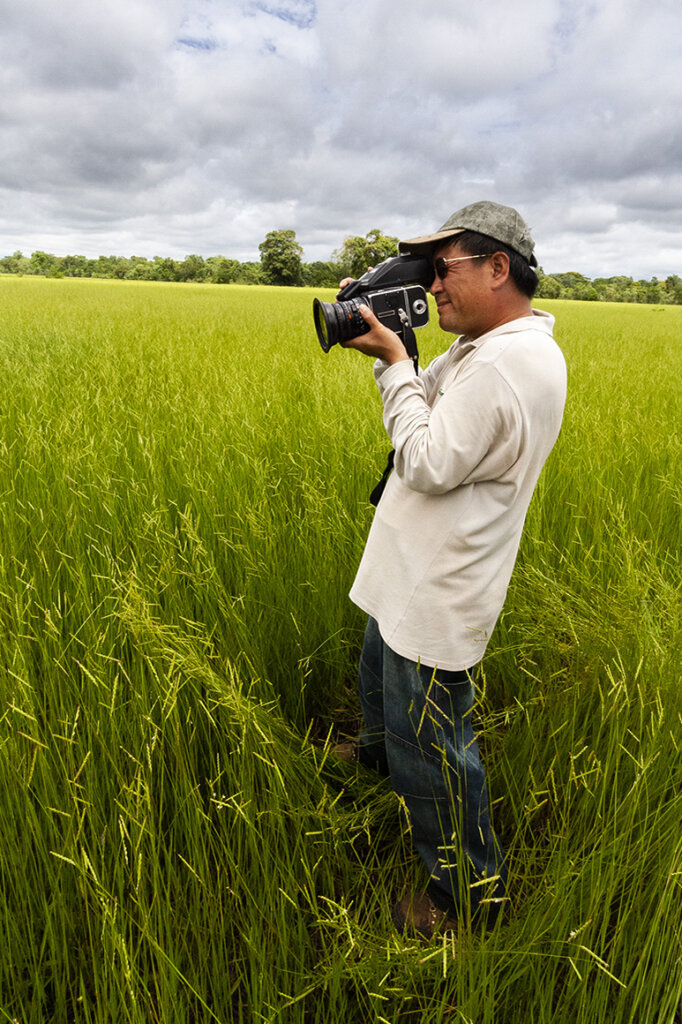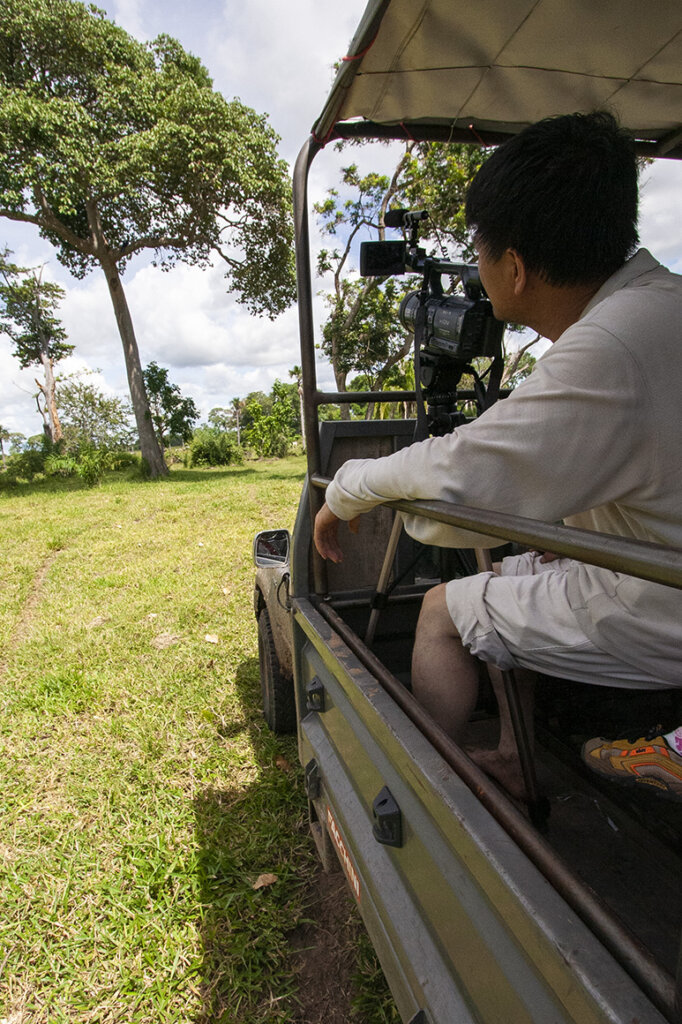The name of the Federal Republic of Brazil originated from Brazilwood (Pau-Brasil, Caesalpinia echinata) It’s the largest country in Latin America, and is the fifth largest country in the world in terms of population (167 million). It’s located between Central and South America and borders the Atlantic Ocean as well as Uruguay, Argentina, Paraguay, Bolivia, Peru, Colombia, Venezuela, Guyana, Suriname and French Guiana. It’s the fifth largest country in the world by land mass (8,547,403.5 square kilometers), trailing only Russia, Canada, the United States and China. Thanks to its abundant natural resources and labor forces, Brazil’s GDP ranks first place in South America and the 10th in the world. It’s a member of the Union of South American Nations. Once a colony of Portugal, Brazil’s official language is Portuguese.
In 15th century Europe, rumor had it that large quantities of gold were found on the surface of the valley of the Ribeira de Iguape (rio Ribeira de Iguape) river, which tempted the Portuguese royal family to launch a large-scale expedition to the South Atlantic. The fleet discovered an Indian town of 200 dwellers in Bom Abrigo Island. Captain Martim Alfonso de Souza named it Cananeia. From then on, people tried to find and conquer the place and seize its wealth. After much devastation and dispute caused by lust for gold and timber a “coastal immigrant town” represented by Sao Paulo, Rio de Janeiro and El Salvador finally came into existence.
Christian missionaries were the earliest pioneers in Brazil. They first arrived in Brazil in 1549 and travelled throughout the country. These missionaries made their best efforts to convince the indigenous Indians to convert to Catholicism. After the Portuguese colonization of Brazil, they were even supported by the Portuguese royal family and were entitled to donations, colleges, large farms and schools. However, concerned about the excessive power of the Church, the government expelled them from Brazil in 1759. In 1888 when Brazil finally abolished slavery, a shortage of labor threatened the development of the coffee industry, which directly led to an upsurge of immigration. Brazilian historians use the year 1808 as a demarcation: any foreigners, including Portuguese, who arrived in Brazil after this date are regarded as foreign immigrants. In 1808, 658 Chinese tea farmers came to Rio de Janeiro from Macau and Guangzhou. 1,682 Swiss immigrants moved to Nova Friburgo, Rio de Janeiro in 1818. In 1824, the first German immigrants came to Brazil. In 1875, Italian immigrants settled in southern Brazil. In 1908, the first Japanese immigrants landed in Sandoz Port. Subsequently, immigrants from over 70 countries, including Spain, France, the Netherlands, Turkey, Poland, Hungary, the Czech Republic, Russia, Syria, Lebanon, Saudi Arabia, Korea, Argentina, Paraguay, Uruguay, Bolivia, Peru, Chile, East Africa, Africa, Angola, Mozambique swarmed into Brazil from all directions.
Influx of large numbers of immigrants injected new blood into Brazilian society, lending strong momentum to the country’s economic development and exerting a profound impact on its culture. Nearly every piece of land in Brazil is inhabited by immigrants from different countries, and so-called “ethnic strife” still continues today. Nearly all cultural forms of Brazil are borrowed from immigrants. For instance, world-famous Brazilian football was introduced by the British descendant Charles Miller, samba originated from Umbigadas erformed by black slaves in the western coast of Africa, and Brazilian barbecue was invented by Spanish Castilian people. This incredibly complex origin of diverse cultures has gradually integrated into the distinctive local culture of Brazil. With clan features fading away and an inexplicable nostalgia for ancestral culture, a lingering exotic culture has come into being.
Advocating native culture is originally used for gaining interest. In the beginning, everything is violent; people have no scruples and work only towards possessive purpose. When all forces reach a balance, the rule of law begins to emerge. Brazil’s law was born out of coffee conflict and its contents have been revised constantly, even at the cost of self-contradiction. Today, people only remember the coffee czar from his status. Brazilian law has evolved into the most complex legal system in the world. In addition, the new rules, suitable for the new regime, are also hard to change. The form of its cultural campaigns has become more advanced, and has greater impact as well. Brazil today is unique, distinctive and irreplaceable. It is truly a “melting pot of races”.
In the struggle of man against nature, man against beast, and man against man, the only purpose is survival and existence. Men stubbornly cling to their piece of conquered land with body and soul. Day by day, they diligently guard and construct the land, for this boundless territory has too many meaningful unknowns, and the possibility of inexhaustible wealth in the coming days also shores up their tenacious persistence and unshakable faith. They may sing sad nostalgic songs, but will never hesitate to defend the wealth they now possess and access to that which they may possess in the future.


